You'll love this Apricot Jam recipe with so many variations to make it your own. Boost your jam making skills with this 3 ingredient recipe, no pectin, full of flavor and easy to make.
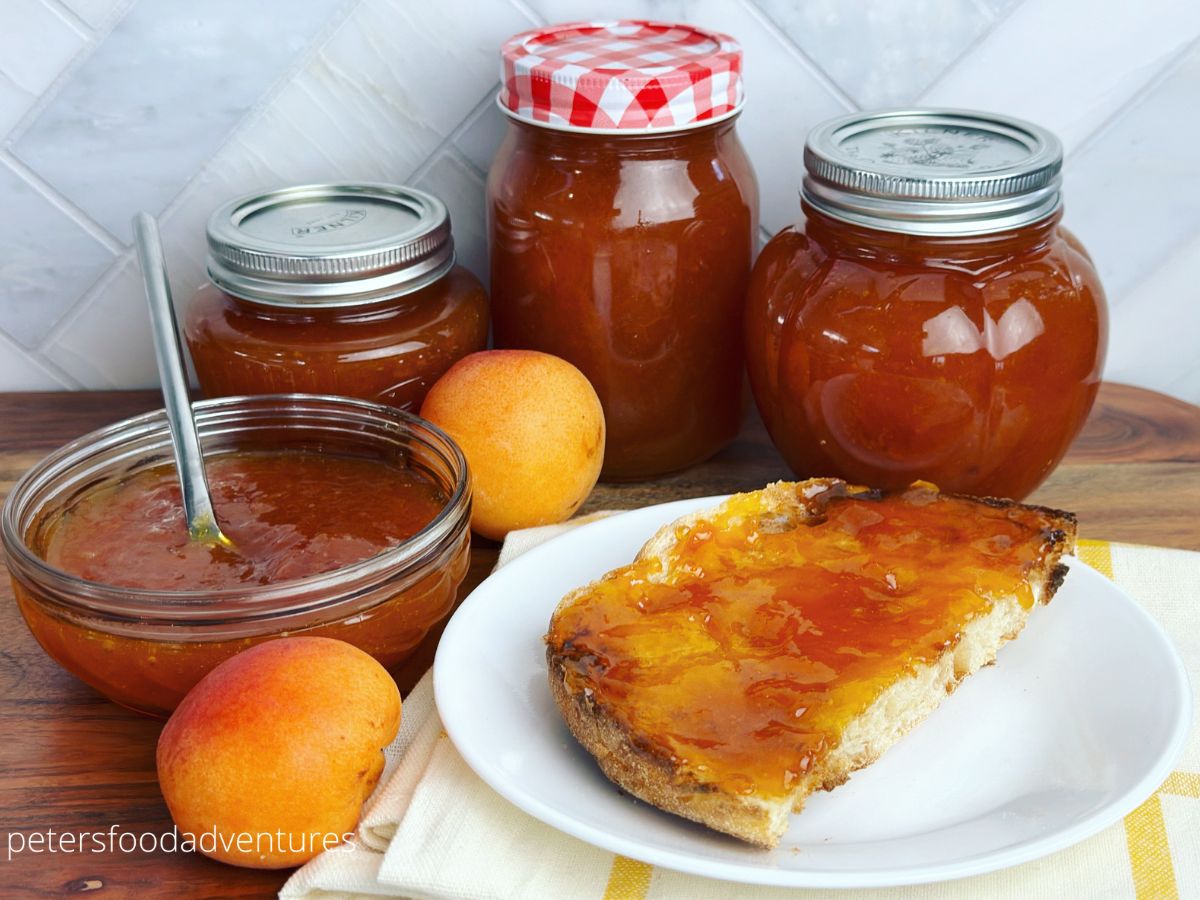
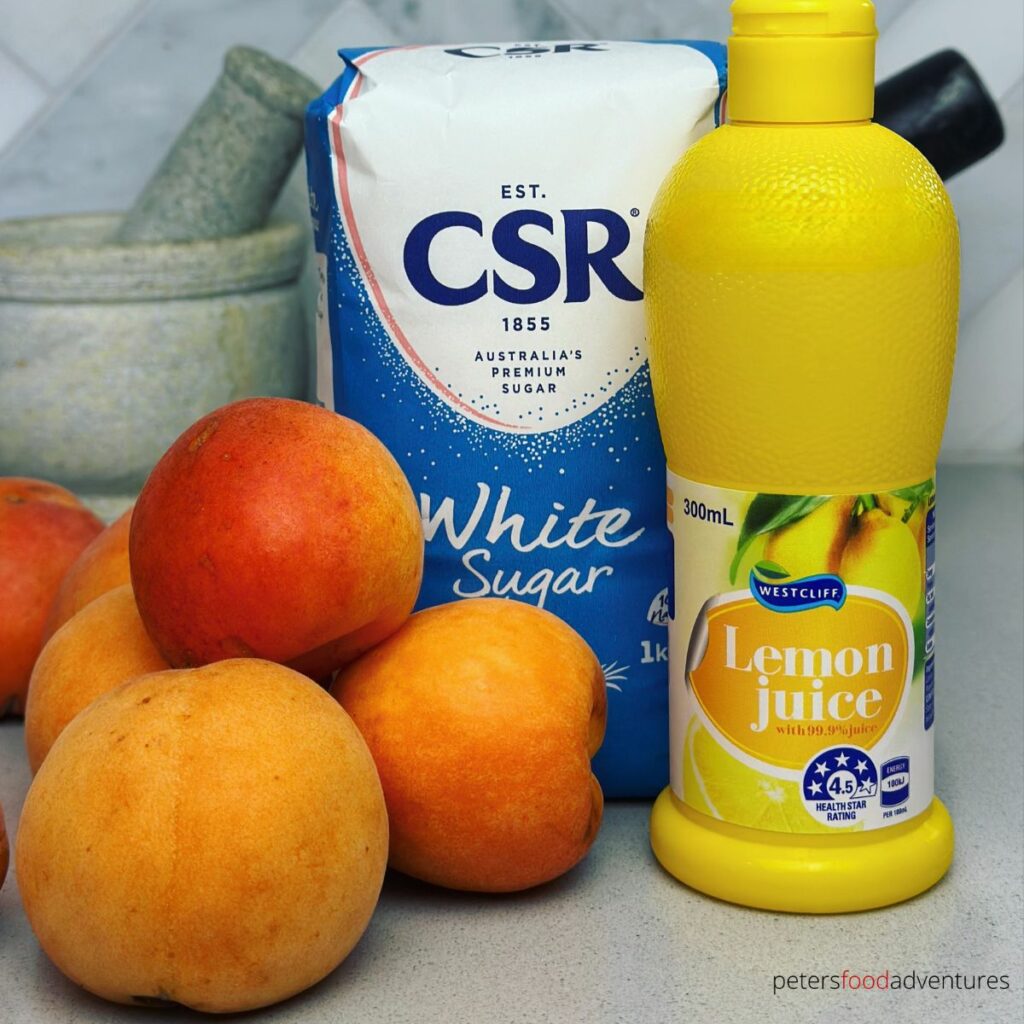
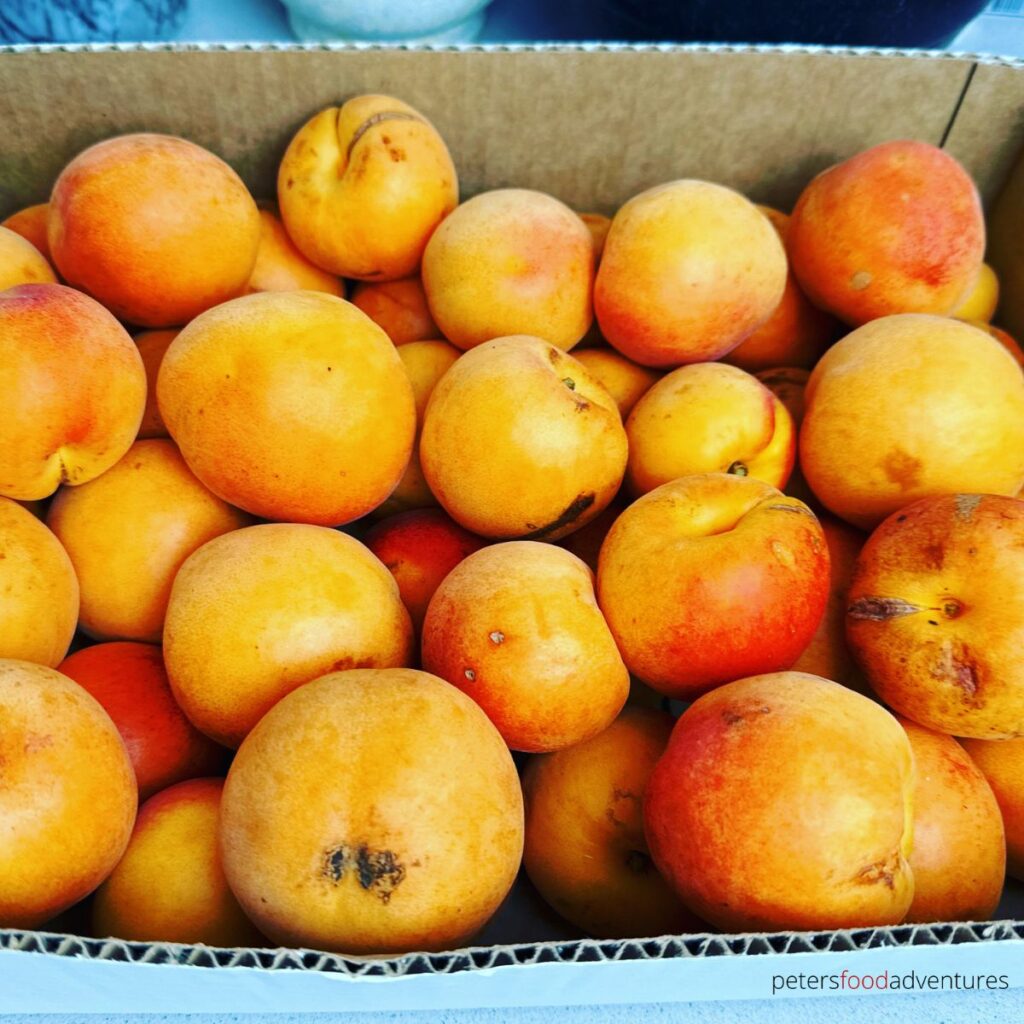
Why You'll Love This Recipe
- It's Homemade - you know it's preservative free, natural and healthy!
- Make It Your Own - so many variations of how you can make it taste unique and extra special
- Nutritious - apricots are high in Vitamins A and C, antioxidants and fibre. Nutrition never tasted this good!
- Easy - no pectin, no thermometer and only 3 ingredients. Done!
Ingredients
- Fresh Apricots - homegrown, fresh off the tree are best!
- White Sugar - can't escape this ingredient
- Lemon Juice - for balance the sweetness and to activate pectin
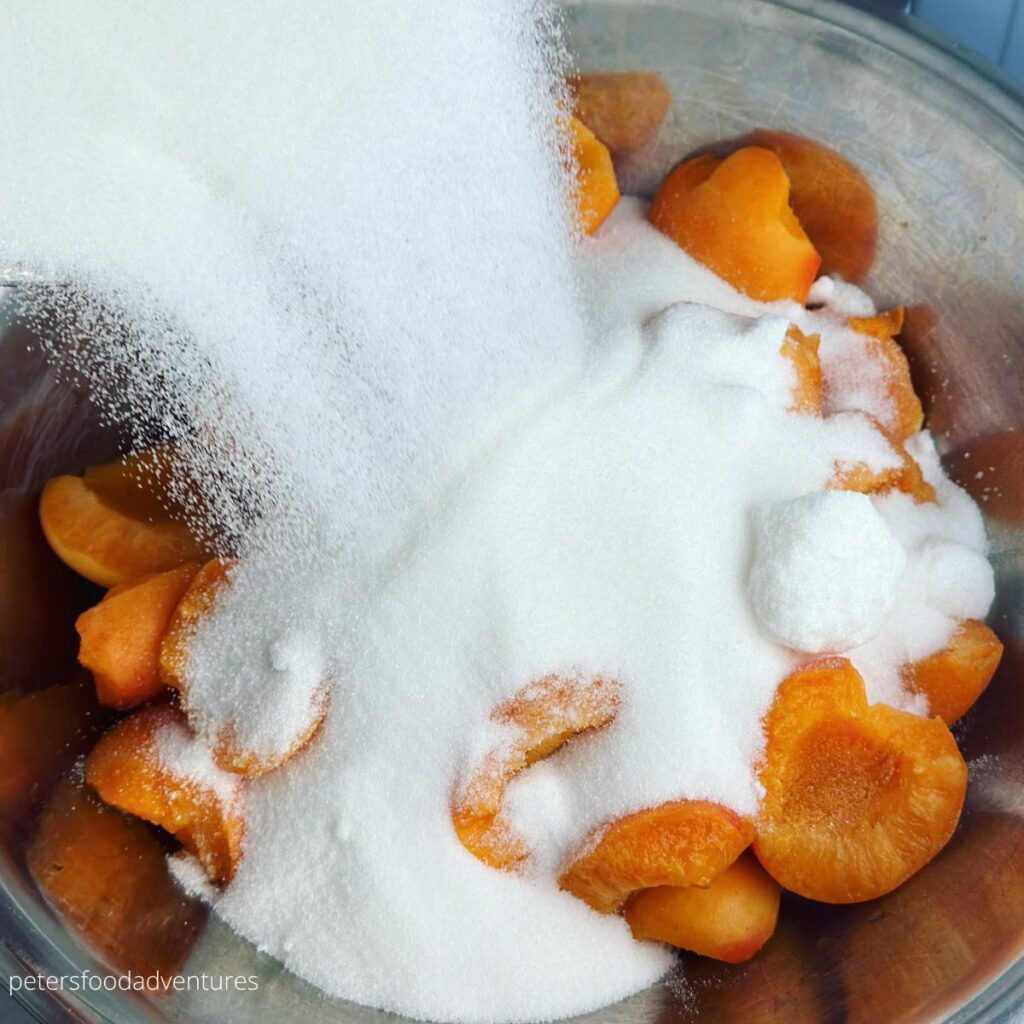
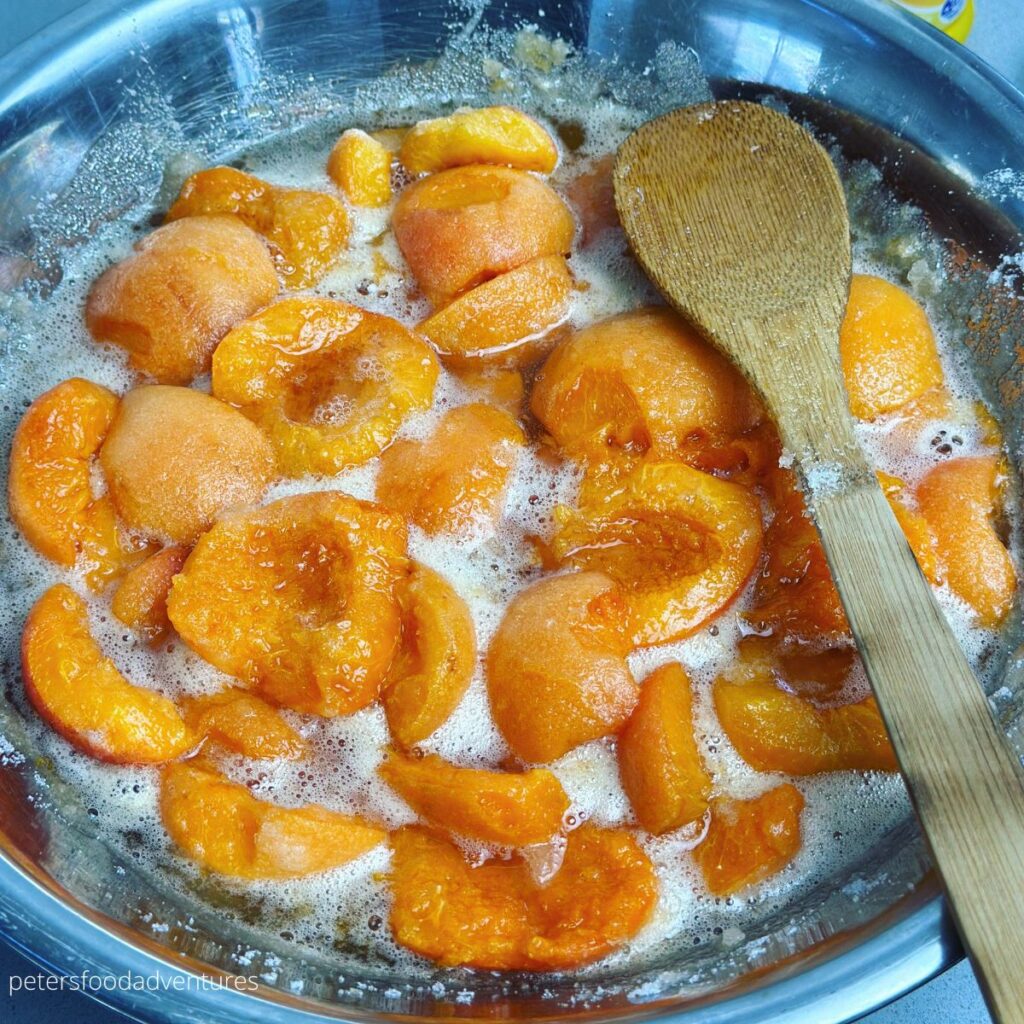
How to Make Apricot Jam
Most jams are easy to make, only 3 ingredients. This jam recipe has an extra step, to macerate the apricots, based on a Russian style of making jam. This extra step ensures that your jam is full of apricot flavor. If in a hurry you can skip, but I don't recommend!
- Prepare Apricots - wash and dry apricots. Split and remove the pits.
- Mix - in a large bowl, sprinkle sugar over the apricots and mix to combine.
- Release Juices - leave the sugared apricots on the counter overnight for juice to release. But can start cooking process immediately if in a hurry.
- Simmer - place sugared apricots in a large saucepan and bring to a light boil over medium heat. Add lemon juice and reduce heat to low. Simmer for 45 minutes to 1 hour. Skim the foam off as it forms.
- Jam Test - to check the readiness of the jam, drop some syrup on a plate, leave for 1 minute, and then turn the saucer in different directions. If the jam is ready, the drop will not spread. If jam is spreading, continue to simmer and check every 5 minutes.
- Fill Jars - sterilize and keep the jars hot. Ladle hot jam into hot jars and close with lid (ensuring seal is wiped from jam spillage). Wipe jar rims to ensure a seal. The heat should seal the jars and keep them shelf stable. Place jars upside down until they fully seal and cool. Refrigerate after opening and enjoy.
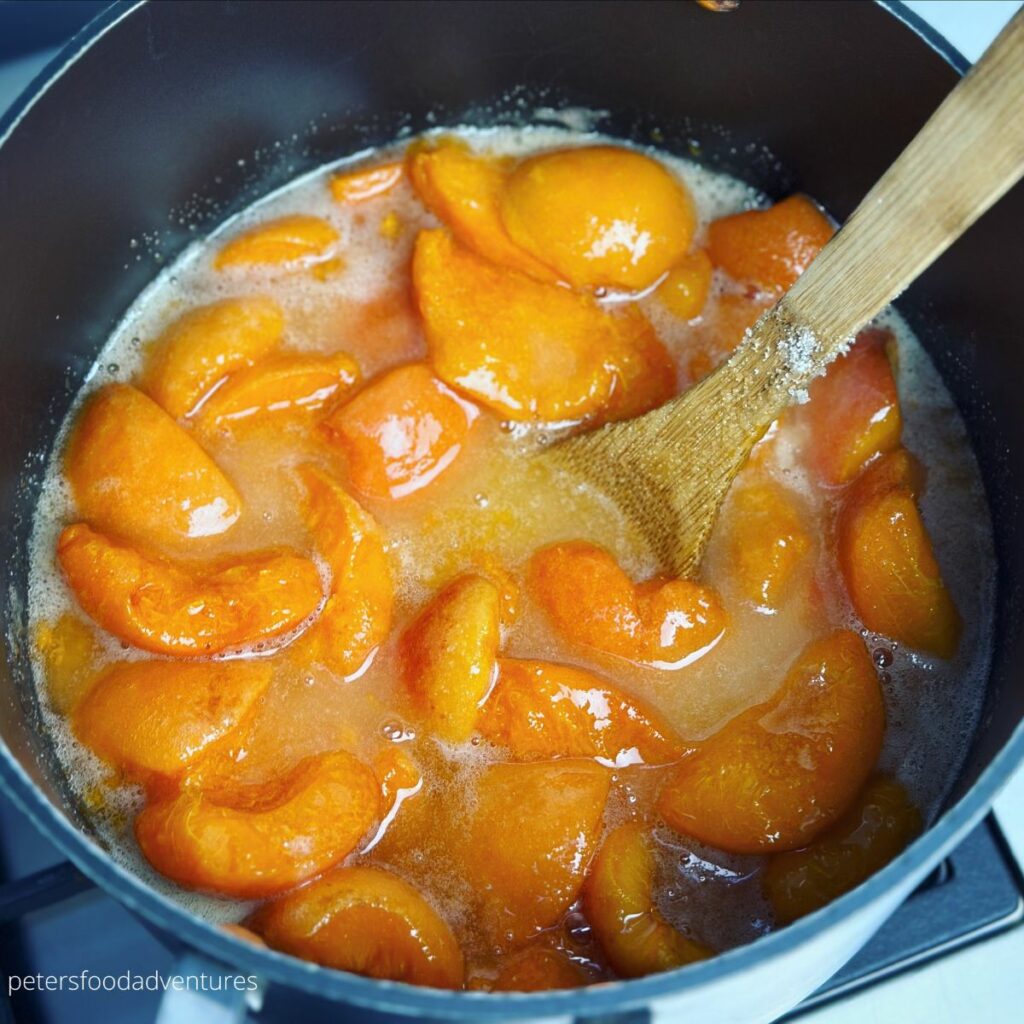
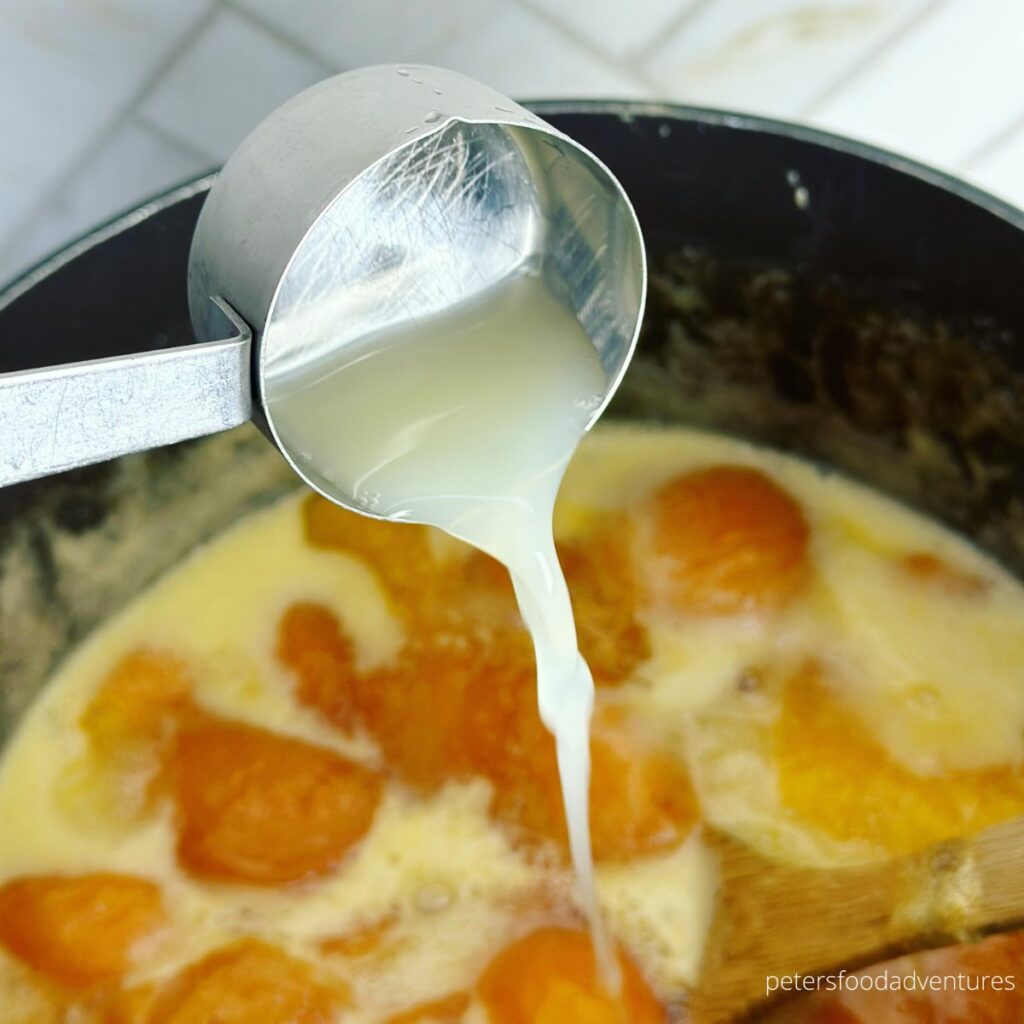
Sterilizing Jars
This is a crucial step to ensuring your canned jam won't spoil. Here are several methods that are used to sterilize jars. Be careful not to burn yourself. Ensure jars are free of cracks or damage.
- Boiling - fully submerge jars in a water canner or large stockpot. Bring to a rolling boil and keep jars boiling for at least 10 minutes. Carefully remove with a jar lifter and invert to drain.
- Baking - pre-heat the oven to 275°F (135°C) and bake clean jars for 15-20 minutes. Carefully remove from oven using oven mitts.
- Dishwasher - this is the least recommended method as not all dishwashers are hot enough (although people commonly use it). Load glass jars in dishwasher, add detergent and run on a high temperature cycle or sanitize cycle 170°F (77°C). Carefully remove using oven mitts and invert to drain.
- Lids - lids can be boiled in a separate saucepan at a lower temperature. Place lids in saucepan heated on a low simmer (around 180°F or 82°C) for 10 minutes.
Apricot Jam Ideas
Make this jam your own by adding these ingredients to create delicious variations. Nobody likes boring jam, this will make your apricot preserves taste amazing!
- Apricot Jam with Thyme - add 6 twigs of fresh thyme sprigs
- Vanilla Apricot Jam - mix in 1 vanilla pod during cooking process
- Apricot Ginger Jam - add 5cm piece of ginger for a ginger zing
- Cognac Apricot Jam - you read that right! Mix in 100ml cognac after jam is cooked, before placing in jars
- Apricot Jam with Nuts - slivered almonds or chopped almonds to your jam
- Spiced Apricot Jam - add 1 Cinnamon Quill or a few pods of Cardamom
- Lavender Apricot Jam - tablespoon of lavender adds a floral bouquet
- Apricot Mango Jam- chop in two diced mangoes for a tropical twist
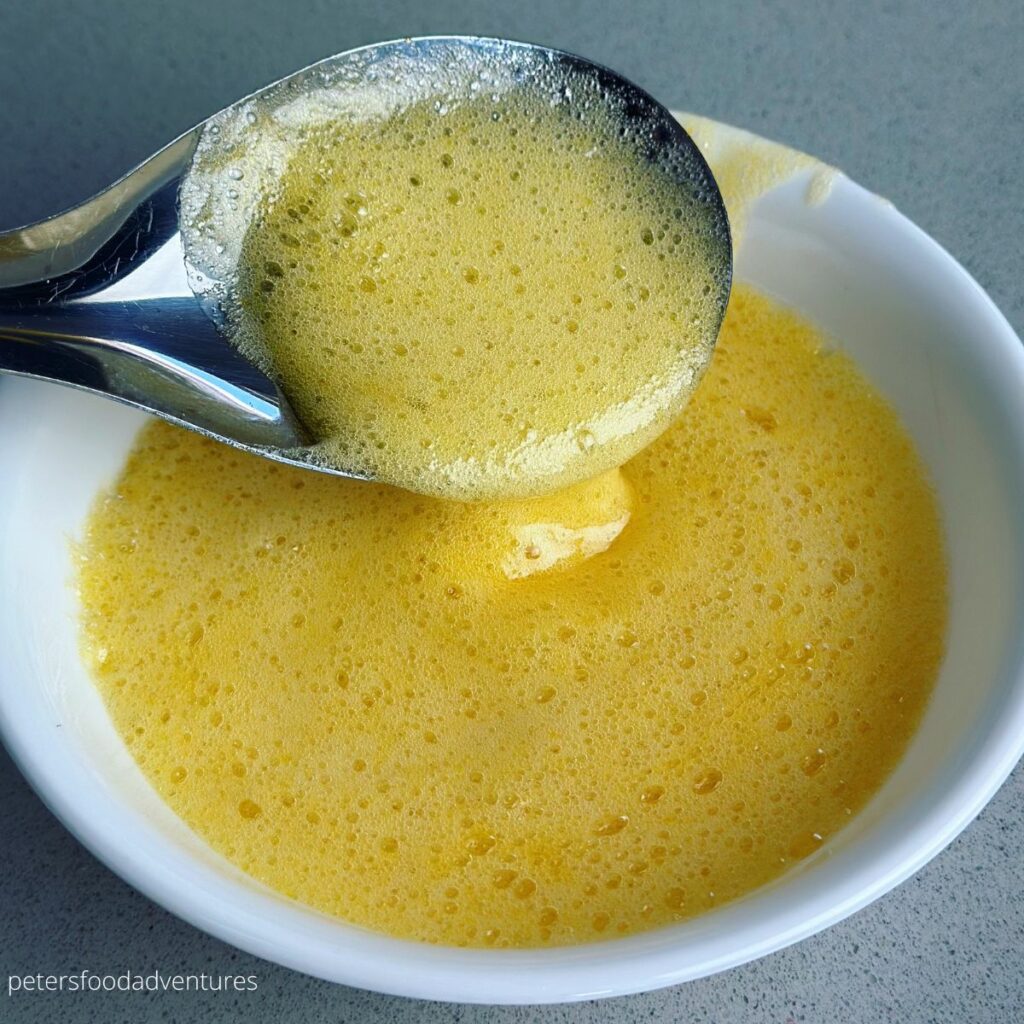
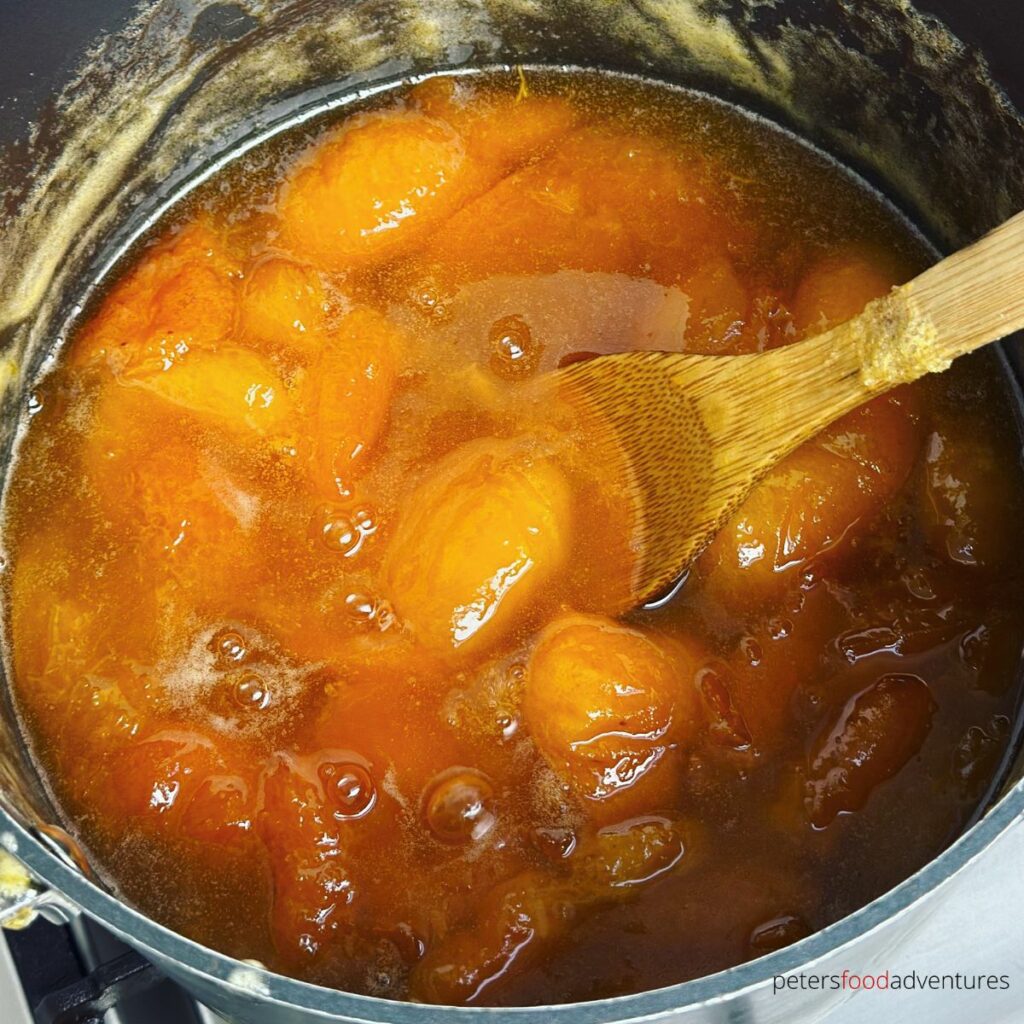
Apricot Jam Serving Suggestions
- Classic Breakfast - perfect on your morning toast, bagels, crumpets, scones, English muffins or smothered on Blini with Sour Cream
- Cheese Plate - sweetness of apricot jam pairs perfectly with salty cheese and crackers
- Roasting Glaze - mix with a little mustard, chilli flakes and a bit of salt for a tasty glaze for roast chicken, roast pork or ham
- Apricot Jam Pie - this tastes amazing, enjoy the freshness of apricot pie, even during the winter months!
- Salad Dressings - whisk in a tablespoon of apricot jam with olive oil, balsamic vinegar and a pinch of salt and pepper to drizzle over your garden salad
- Dipping Sauce - dip your chicken nuggets, spring rolls or shrimp into apricot jam. Alternatively, mix apricot jam, sweet Thai Chili Sauce and and mayo for a creamy dip
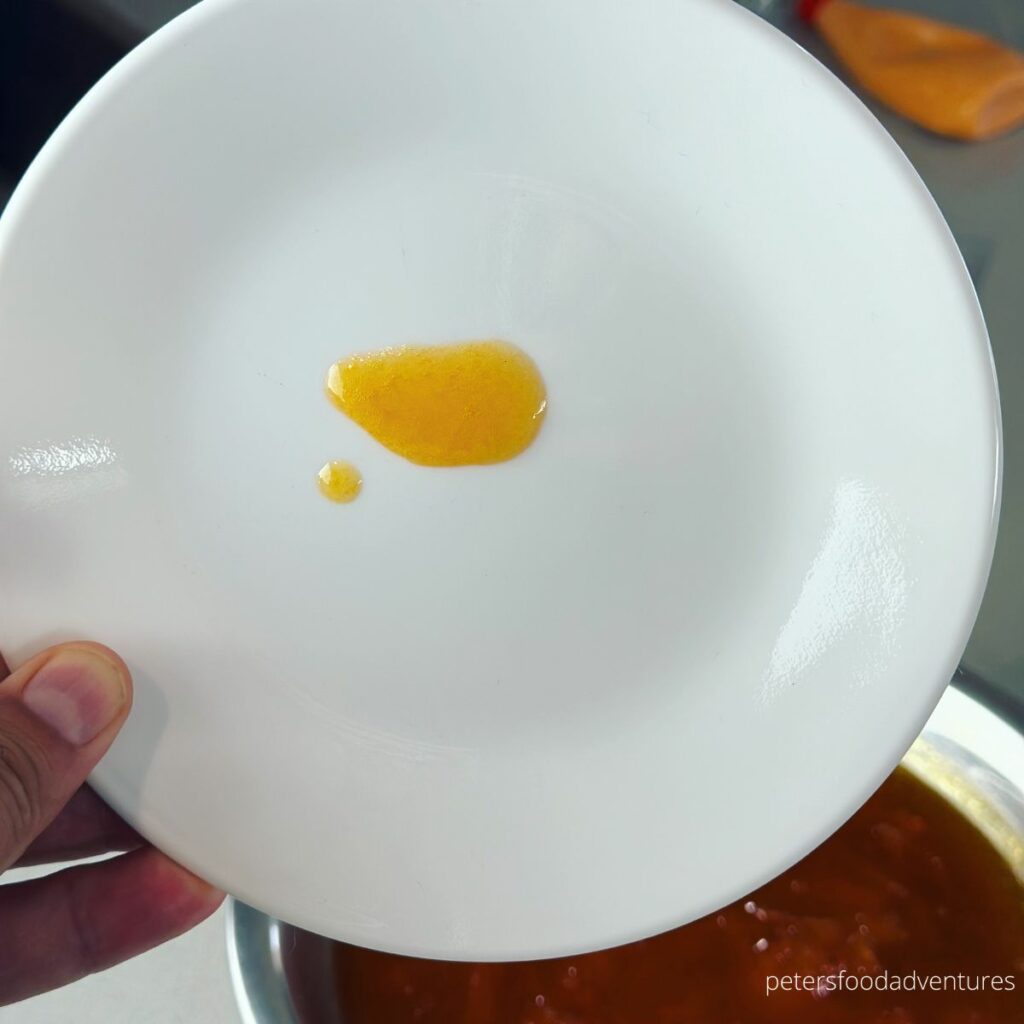
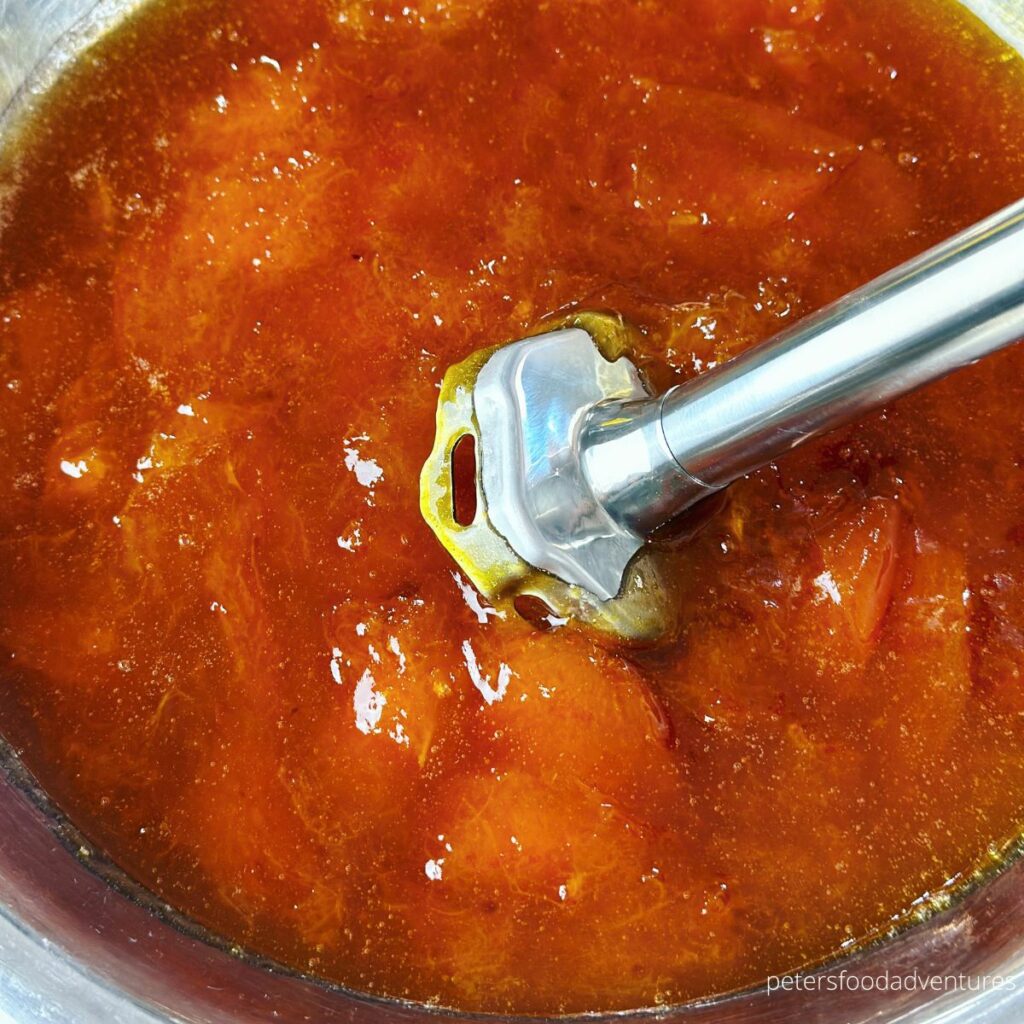
Recipe Tips and FAQs
- Ripe Apricots - the best tasting apricots are ripened on the tree, not usually the ones sold in supermarkets. Ensure they are ripe and for best flavored jam
- Adjust Flavor - apricots have different amounts of sweetness. If jam is too sweet, stir in a bit of extra lemon juice. If jam is too tart, then increase sugar.
- Stir Often - when jam is simmering, stir to ensure it doesn't burn. As the apricots thicken and liquids reduce, that's when you most at risk of burning (towards the end of the cooking time)
- Skim the Foam - while not harmful to eat, apricot foam will impact the clarity of your jam. By removing foam, you will have a nicer, clearer jam
- Save the Foam - depending on how much jam you are making, you might have a small bowl of foam leftover. Allow to cool and mix in with Sodastream or Soda Water for a naturally flavored fizzy drink
- Texture - the best of about making homemade jam is that you get to choose what texture your jam will be. Leave the apricots whole and chunky, use a fork to loosely break them up, or use a stick blender to finely puree the jam. A hybrid texture is to use the stick blender and selectively blend the large apricots, while leaving smaller pieces resulting in a mixed texture jam
How Long Does Apricot Jam Last?
That depends on many variables. Check with proper USDA Canning Guidelines for best advice, including water canning. Filling the hot jam into hot sterilized jars should seal them enough to be shelf stable, and it should keep up to 1 year. However, you can keep unsealed jam in the fridge and enjoy within a few months for best flavor.
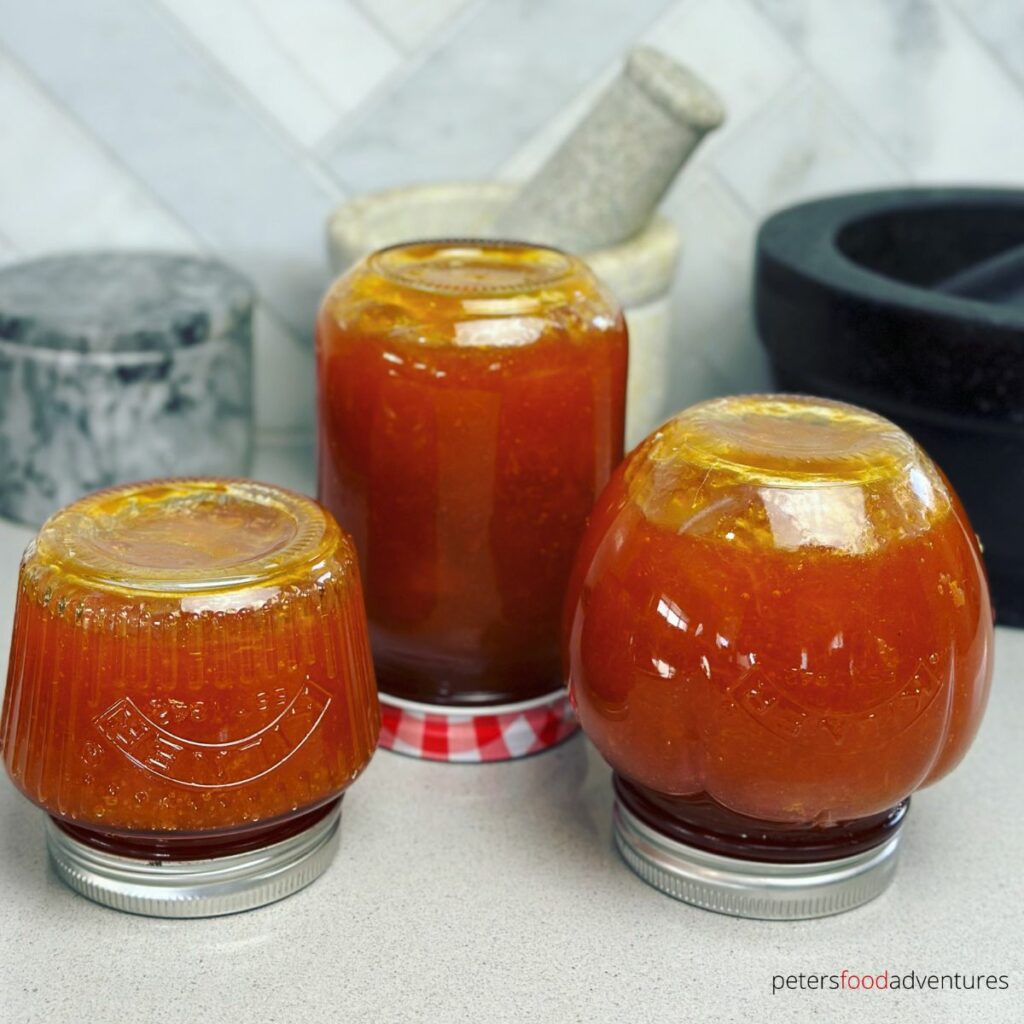
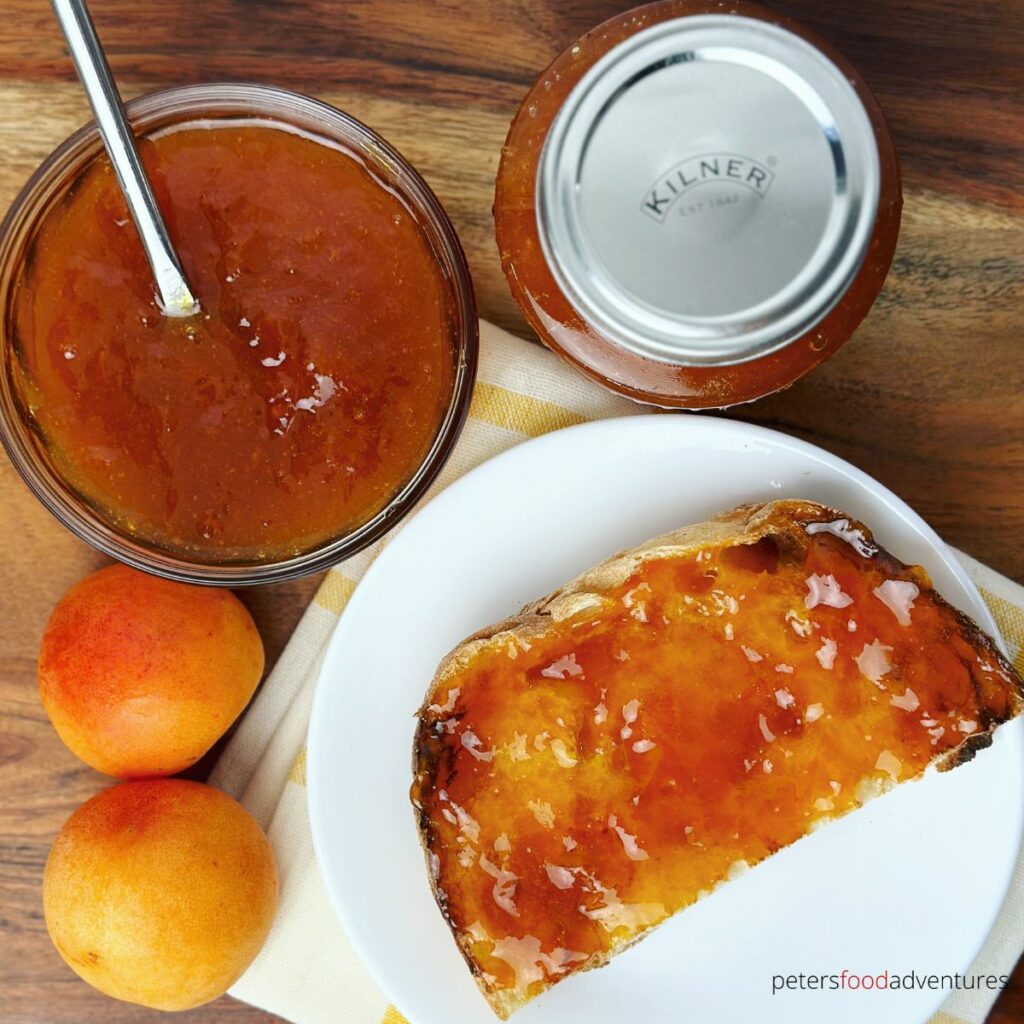
Do I Need to Peel Apricots for Jam?
That is up to you. Leaving apricot skin on provides extra texture and vitamins. However, you can peel apricots if you prefer. If using homegrown apricots, make sure you cut out any imperfections or sun spots.
Can I Skip Macerating Apricots?
Many recipes do, especially if you are in a hurry. However, there are some benefits if you have enough patience, highly recommend.
- Less Crystallization - when you leave it overnight, the sugar mostly dissolves, which means your decrease the chances of crystallizing your jam after it cooks.
- Flavor Intensity - when macerating apricots, you significantly improve the flavor of your jam. Overnight is the minimum recommendation, but you can leave them up to 24 hours for best flavor result.
Why Is My Jam Too Runny?
After cooling, if jam is too runny, you can re-cook it. Bring it back to a simmer and try to plate test again. Be careful not to over cook it or it can become rubbery. If it's runny during the cooking process, keep simmering and check plate test every 5 minutes.
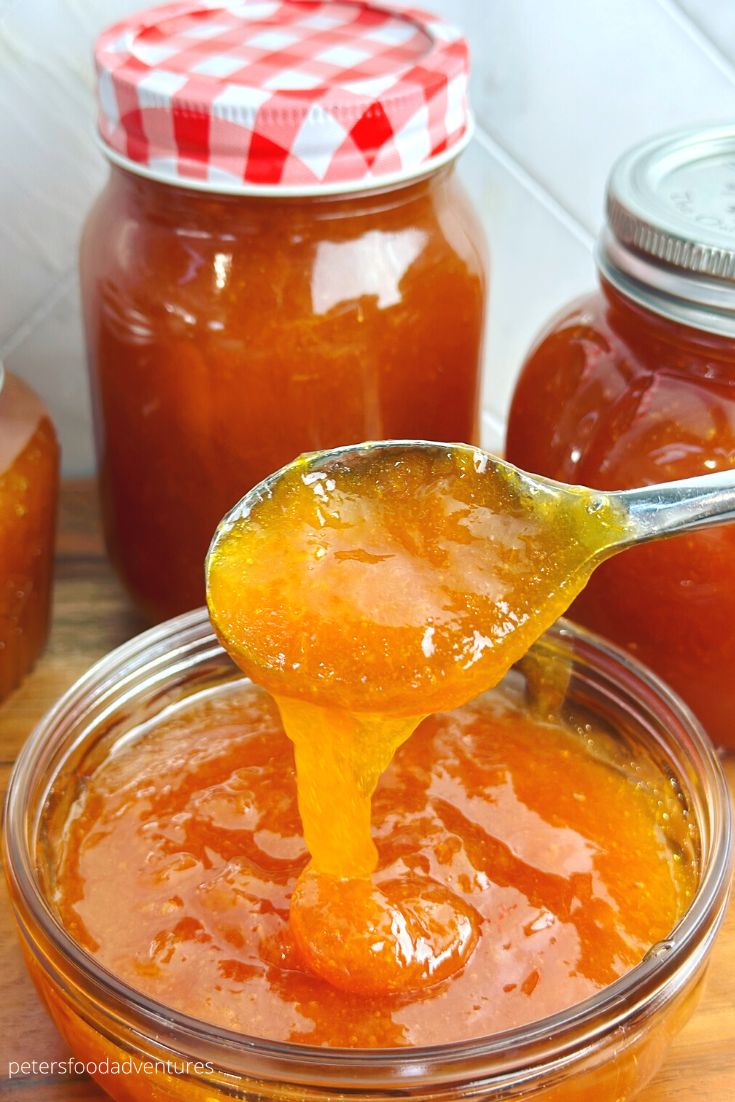
Jammy Recipes You Need to Try
- Baked Brie with Jam
- Apricot Jam Pie (Pirog)
- Caramelized Onion Jam
- Passionfruit Curd
- Loquat Jam
- Watermelon Honey (Jam)
- Easy Lemon Curd
This isn't the quickest apricot jam recipe, however it is the tastiest you'll make! So versatile and flavorful, you won't buy store-bought jam again. Bon Appetit! Приятного аппетита!
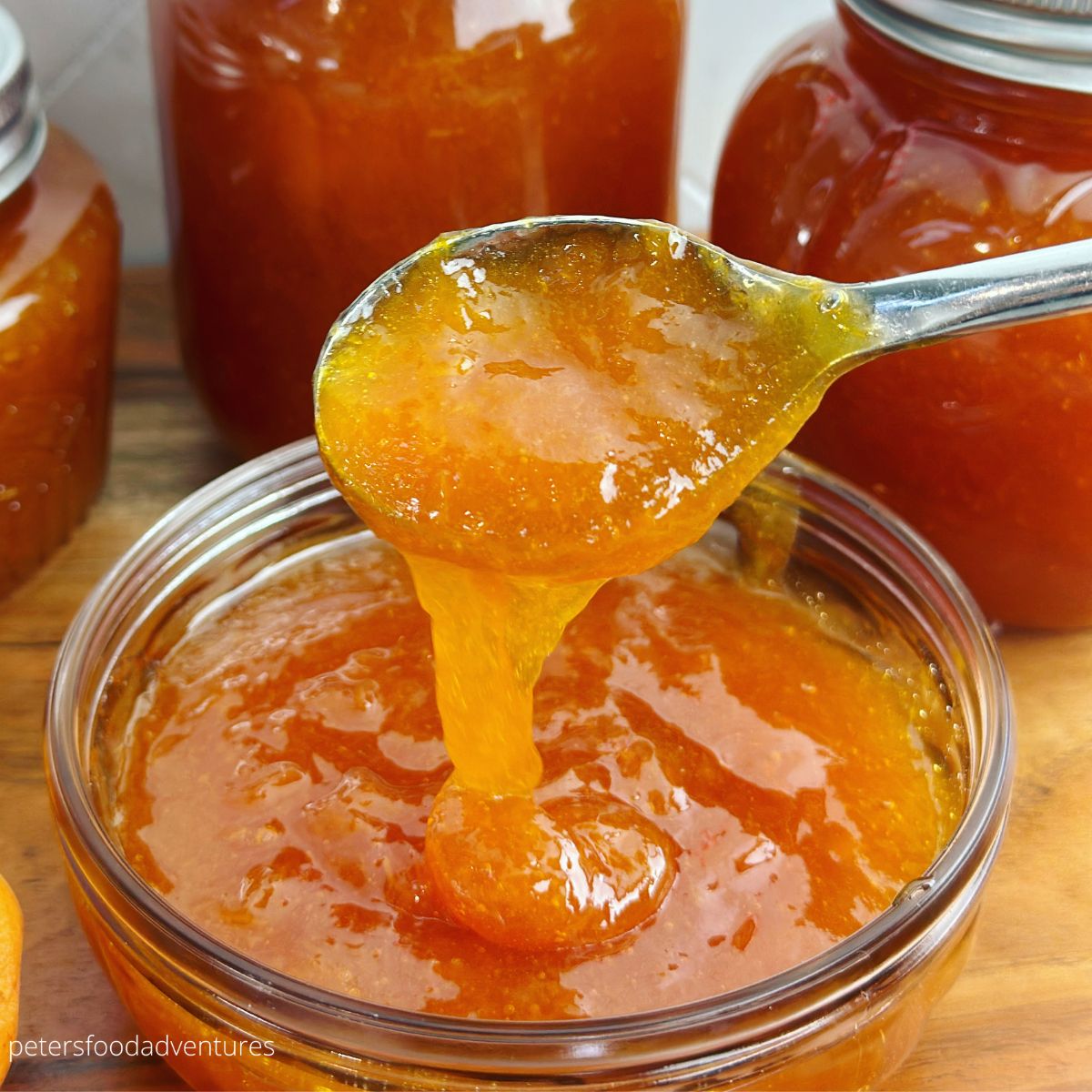
Equipment
- stick blender optional
Ingredients
- 4½ pounds (2kg) fresh apricots
- 7½ cups (1½ kg) white sugar
- ¼ cup lemon juice
Instructions
- Prepare Apricots - wash and dry apricots. Split and remove the pits.
- Mix - in a large bowl, sprinkle sugar over the apricots and mix to combine.
- Release Juices - leave the sugared apricots on the counter overnight for juice to release. But can start cooking process immediately if in a hurry.
- Simmer - place sugared apricots in a large saucepan and bring to a light boil over medium heat. Add lemon juice and reduce heat to low. Simmer for 45 minutes to 1 hour. Skim the foam off as it forms.
- Jam Test - to check the readiness of the jam, drop some syrup on a plate, leave for 1 minute, and then turn the saucer in different directions. If the jam is ready, the drop will not spread. If jam is spreading, continue to simmer and check every 5 minutes.
- Fill Jars - sterilize and keep the jars hot. Ladle hot jam into hot jars and close with lid (ensuring seal is wiped from jam spillage). Wipe jar rims to ensure a seal. The heat should seal the jars and keep them shelf stable. Place jars upside down until they fully seal and cool. Refrigerate after opening and enjoy.
Notes
- Apricot varieties have different properties which can impact setting point (ie. watery apricots). Check at the 30 minute mark with a plate test to see if your jam is set. If not continue until it's ready to set. This can take up to an hour depending on your fruit.
- Proper Jar Sterilisation is key to ensure your fruit has shelf stability. Some people sterilize jars in the dishwasher. Alternatively I sterilize jars like when making dill pickles. Sterilize the washed glass jars and lids in boiling water for at least 10 minutes. Carefully remove.
- Unripe Apricots are ok to add into the mix as they have more pectin. Just don't use all unripe apricots as they won't have the best flavor for jam
- Don't reduce the amount of sugar in this recipe - this is already the lowest you should go. Sugar not only adds sweetness but also acts like a preservative. Lowering sugar won't make it shelf stable for as long as you like. If you reduce the sugar, keep refrigerated and enjoy within 4 weeks.
- Double Batch - if making a double recipe, make it in two batches or in 2 separate pots. If cooking more apricots than the recipe calls for, the fruits will not cook evenly if double the recipe. Make the recipe twice, or side by side in 2 separate pots to ensure even cooking and even temperature for jam to set.
©PetersFoodAdventures.com

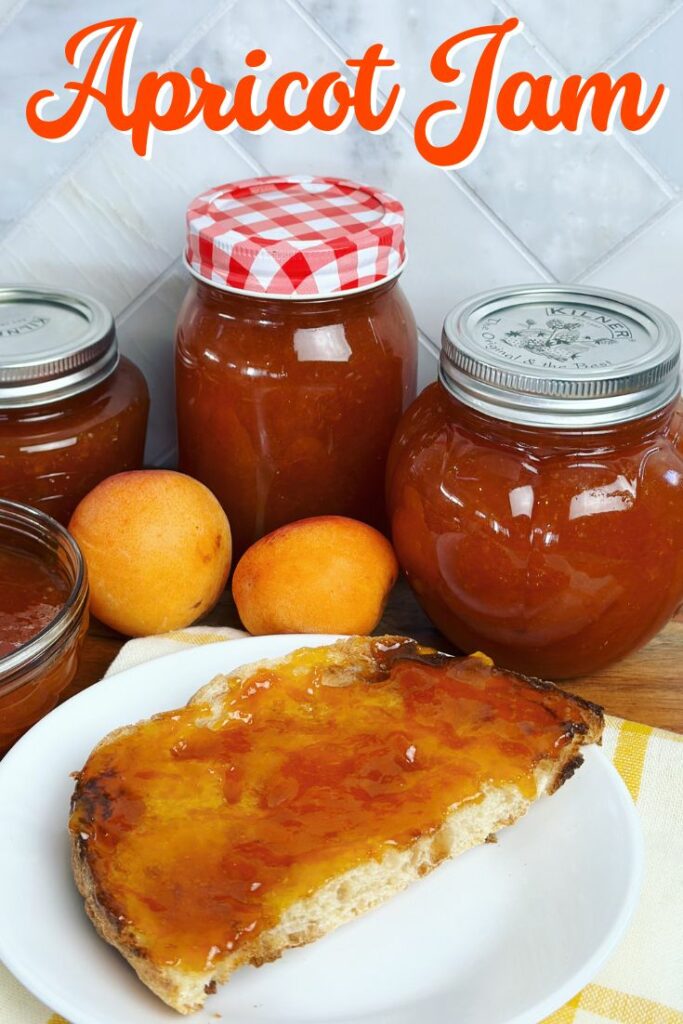

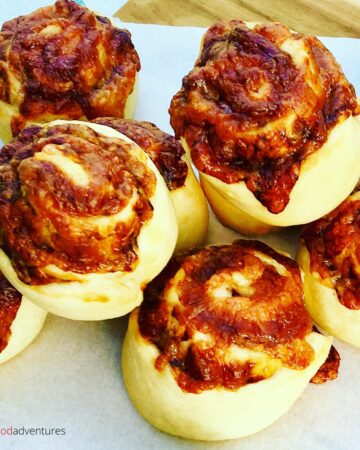
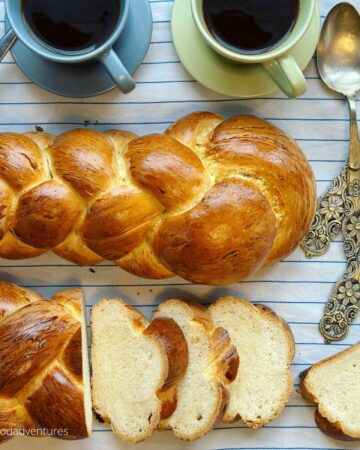

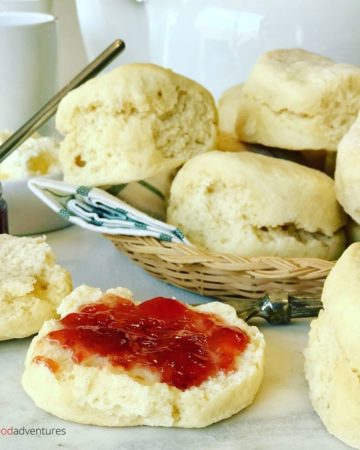
Leave a Reply